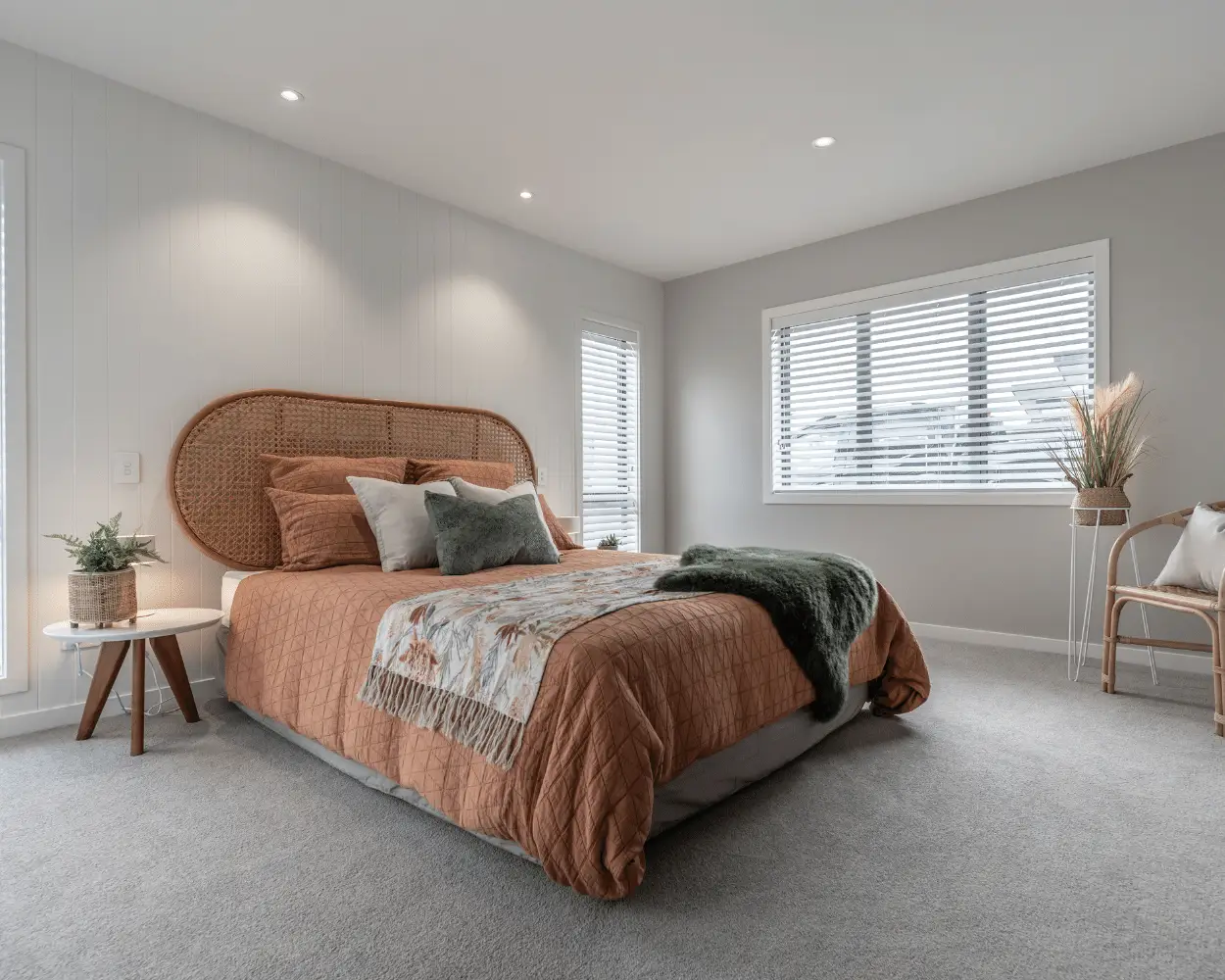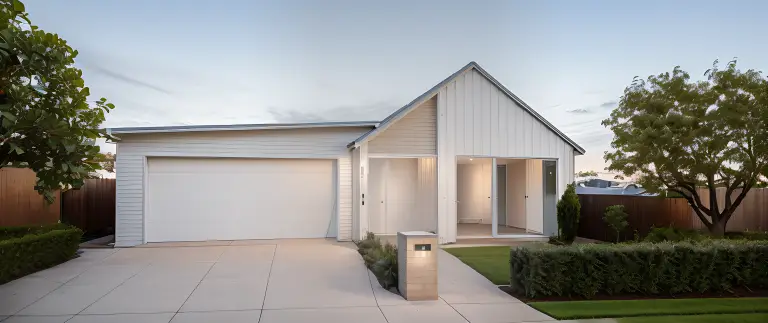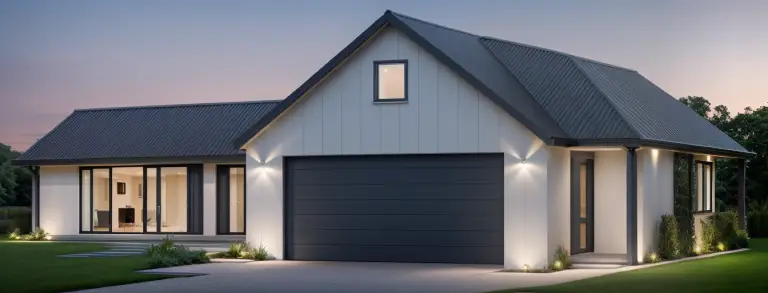When it comes to selecting the perfect carpet for your home, one of the primary decisions you’ll need to make is whether to go with wool or nylon. Both materials have their own set of advantages and considerations, ranging from durability and comfort to maintenance and hygiene. In this article, we’ll delve into the key factors to consider when choosing between wool and nylon carpet, including cleaning approaches, suitability for pets and children, and the presence of carpet mites in New Zealand.
Durability and Comfort:
Wool carpet is renowned for its luxurious feel and natural resilience. Wool fibers are inherently durable and can withstand heavy foot traffic over time, making them an excellent choice for high-traffic areas in the home. Additionally, wool’s natural elasticity allows it to bounce back to its original shape after being compressed, reducing the appearance of wear and tear.
On the other hand, nylon carpet is prized for its exceptional durability and resilience. Nylon fibers are highly resistant to abrasion and crushing, making them ideal for areas prone to heavy use, such as family rooms and hallways. While nylon may not offer the same plush feel as wool, it is available in a wide range of textures and styles to suit different preferences.
Hygiene and Cleaning:
When it comes to hygiene and cleanliness, both wool and nylon carpets have their own advantages and considerations. Wool carpet is naturally resistant to dirt and dust particles, thanks to its unique structure and lanolin coating. Additionally, wool fibers have the ability to absorb moisture vapor from the air, helping to regulate indoor humidity levels and inhibit the growth of mold and mildew.
However, wool carpet may require more frequent cleaning and maintenance compared to nylon, especially in homes with pets or children. Wool fibers can absorb spills and stains quickly, making prompt cleanup essential to prevent permanent damage. Additionally, wool carpet is susceptible to carpet mites, microscopic insects that feed on keratin proteins found in wool fibers. In New Zealand, where wool carpet is prevalent, carpet mites can be a common concern for homeowners, particularly those with allergies or respiratory issues.
Nylon carpet, on the other hand, is inherently resistant to stains and spills, thanks to its synthetic construction and stain-resistant treatments. Nylon fibers are also less prone to harboring allergens and microscopic pests, making them a suitable option for households with pets or children. Additionally, nylon carpet is easy to clean and maintain, requiring regular vacuuming and occasional professional steam cleaning to keep it looking its best.
Suitability for Pets and Children:
When it comes to choosing a carpet that can withstand the rigors of pet ownership or active children, nylon is often the preferred choice. Nylon carpet is highly resistant to stains, spills, and odors, making it an ideal option for homes with pets or young children who are prone to accidents. Additionally, nylon carpet is available in a variety of colors and patterns, making it easy to find a style that complements your home decor while meeting your practical needs.
While wool carpet offers superior comfort and insulation properties, it may not be the most practical choice for households with pets or children. Wool fibers can be more susceptible to staining and damage from pet accidents, requiring more frequent cleaning and maintenance to keep them looking their best. Additionally, wool carpet may not be as resistant to odors and allergens as nylon, making it less suitable for households with allergy sufferers or sensitivities.
Both wool and nylon carpet offer unique benefits and considerations, and the best choice for your home will depend on your specific needs and preferences. While wool carpet provides unmatched comfort and luxury, it may require more maintenance and be less suitable for households with pets or children. Nylon carpet, on the other hand, offers exceptional durability and stain resistance, making it a practical option for busy households. By considering factors such as durability, hygiene, and suitability for pets and children, you can make an informed decision that enhances the comfort and beauty of your home for years to come.

House & Land Packages in Waikato: Are They Worth It?

How to Choose the Right Builder in Hamilton: 10 Key Questions to Ask

Best Suburbs in Hamilton & Waikato for New Home Builds

The True Cost of Building a Home in Waikato: Latest Guide

How to finance my house








